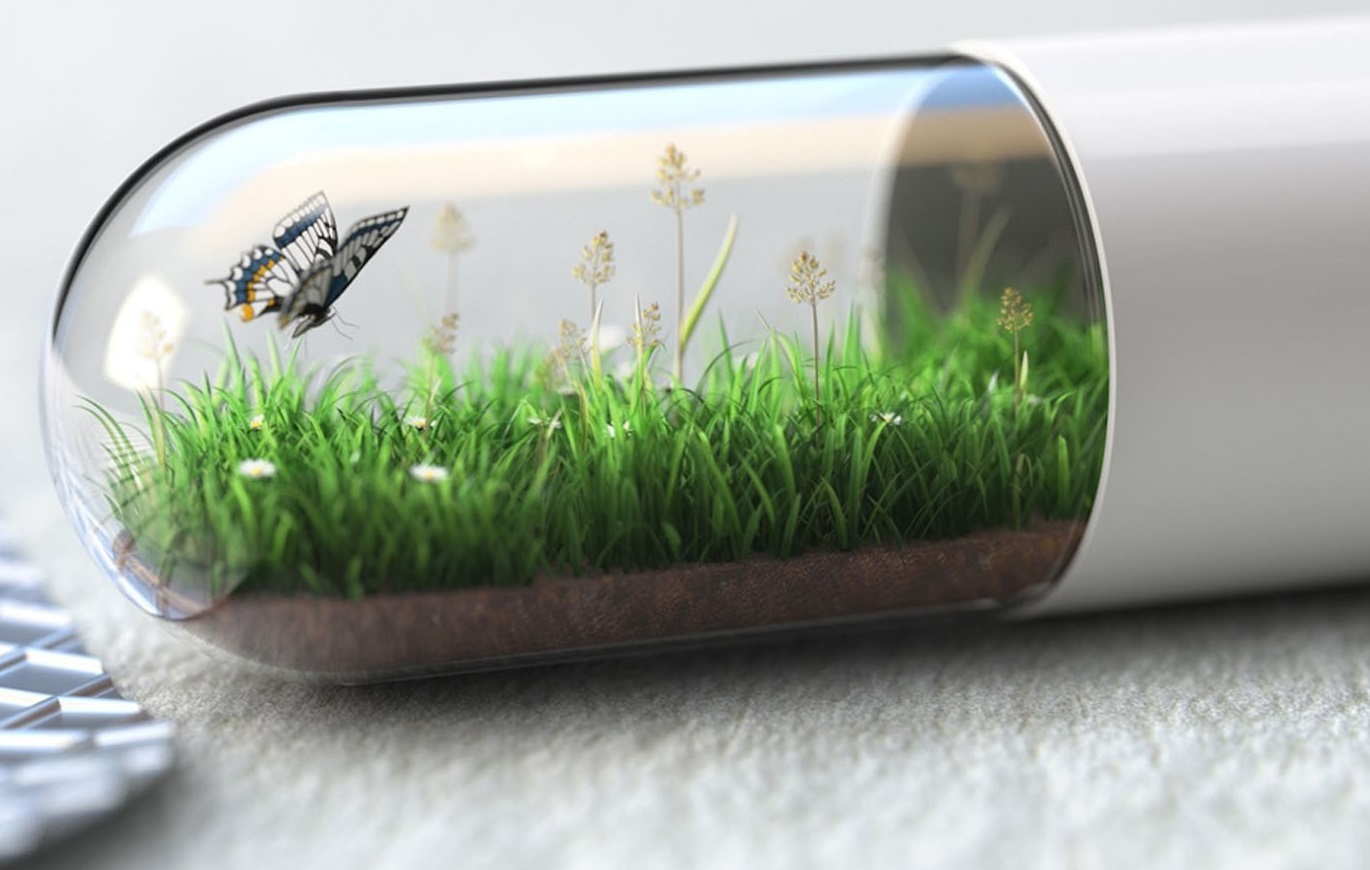Medicinal Usages of Plants

Introduction
Since man is a part of nature, certainly nature has provided a cure for every disease. The closer is man to nature, the healthier he is and the longer he lives. For this reason, the more man turns to nature and benefits more from its blessings, the better and more confidently his disease is treated. It should be considered that chemical drugs are not the ultimate answer for humans. Natural factors play an important role in treatment and medicine, even in manufacturing chemical medicines which consequently results in preventing diseases. The presence of medicinal plants in nature is one of its great blessings.
History of human use of medicinal plants
The history of treating diseases with medicinal plants dates back to the history of human living on Earth. According to the experience, humans and animals treat themselves with the help of medicinal plants according to their needs. They are found in plains, vast pastures, forests, foothills, etc. They have been in this way of life for thousands of years, beautifying nature.
The relationship between medicinal plants and disease
The diversity of medicinal plants is related to different soil and climate and each plant grow in its special context. Moreover, not all medicinal grow in a specific season. Yet, not much research has been carried out on the relationship between the prevalence of the disease in a season or a time and the abundance of medicinal plants in that season, but we know that many diseases occur in a particular season, and some medicinal plants abundantly found in the same season.
Important compounds of medicinal plants
Every substance found in a plant has a special benefit. The substance can be found in the structure of the plant performing vital functions or it can play a role in the structure of the physical and chemical properties of the plant.
Aromatic oils: Aromatic substances are cleansing, disinfectant, appetite stimulant, digestive, analgesic, anti-flatulence, and anti-muscle spasm.
Alkaloids: Alkaloids include a variety of drugs, including morphine, codeine, and cocaine. Each of these substances has a specific role in the treatment of diseases.
Protein: Protein is made up of a combination of amino acids. Humans are unable to synthesize half of the amino acids and must enter the body through eating plants and animal meat.
Bitter taste: Many herbs have a bitter taste, such as chicory, which has medicinal and therapeutic properties. Bitter non-toxic substances stimulate the appetite and activate many body organs for more such as the liver and gallbladder.
Flavonoids: Flavonoids are active substances that are mainly found in organic plants. These substances neutralize a variety of toxins in the body.
Tannins: have analgesic properties, tighten and clean the gums and skin of the mouth. They have a positive effect on the stomach and intestinal wall.
Other ingredients in herbs include vitamins, phytic acids, and sugars.
Preparation and conversion of medicinal plants
Every plant in nature has its growth process. Properties of plants change in different seasons, or day and night, for example, some plants become fragrant in the morning and some in the evening and night. Therefore, in terms of medicinal properties, the appropriate time of harvest is of particular importance. Different parts of the plant also have different medicinal effects.
In many cases, the active ingredient is mainly in the leaves, flowers, stems, roots, seeds, or fruits. Flowers are always picked before noon when the dew or night moisture is gone. Some plants should be stored in closed containers or linen bags. Those who store should visit the samples regularly and be aware of possible pests and diseases.
Preparation of herbal powder
It is not possible to prepare most plants fresh during the year. Therefore, the collected plants should be crushed, grounded, or powdered after drying and kept in wide-mouth jars. The powder can contain plant organs that are stored separately.